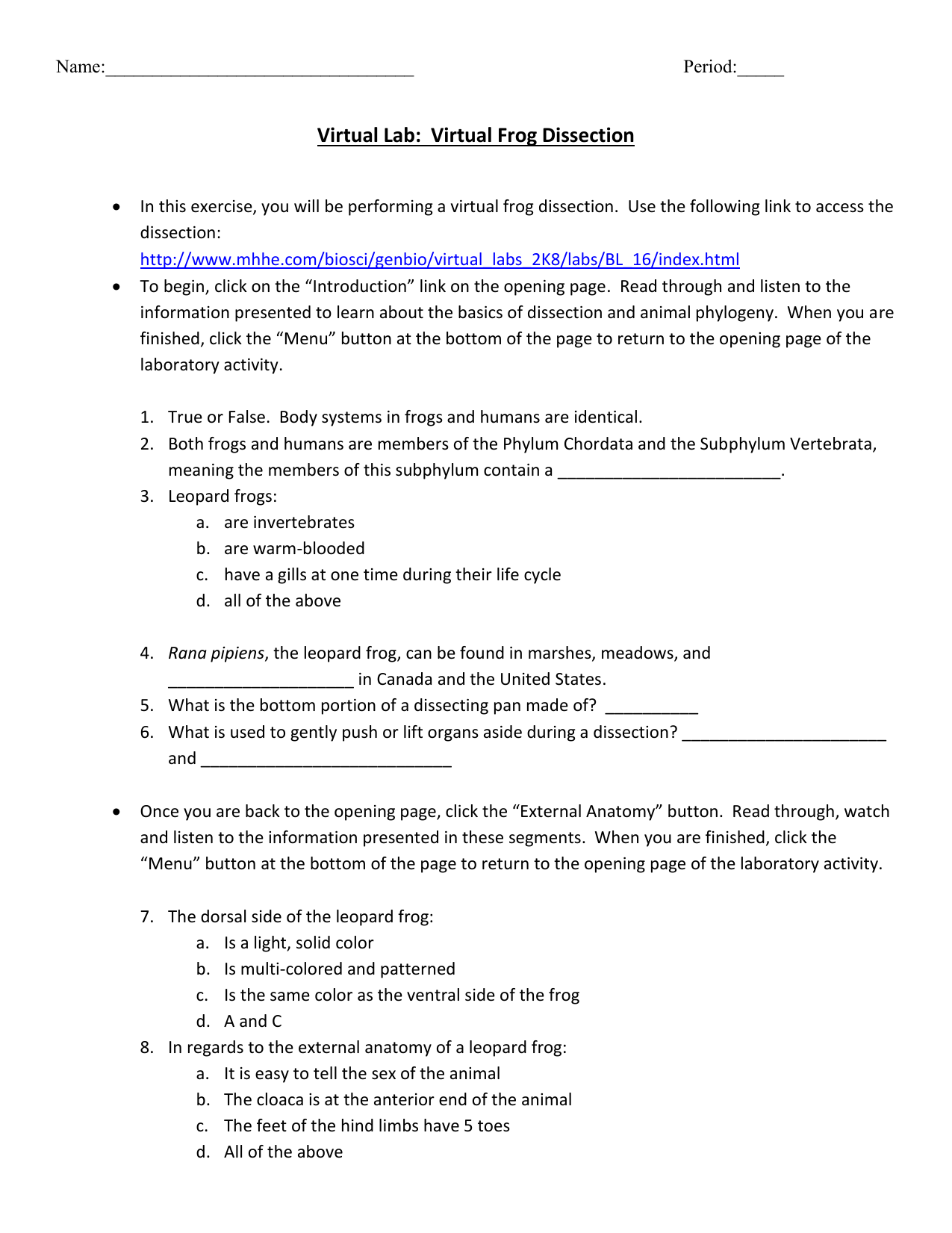

When students have completed the dissection, the frog’s organs are exposed so students can study them further. Students are led through the dissection procedure step by step, guided all the way through. The app is brilliant in the way it offers students all of the tools that come with a real dissection with out all the mess (and smell…do you all remember the smell *gag reflex kicking in*). The app is perfect for students who are learning about organs and the organ system in life science. These tubes help equalize pressure.What it is: The Virtual Frog Dissection app from Punflay is a fantastic alternative to the real deal in the classroom. These are openings to the Eustachian tubes, leading to the tympanic membranes. Two openings can be seen on the lateral sides of the mouth’s roof.The fine maxillary teeth line the upper jaw and the two prominent vomerine teeth are found behind the mid-region of the upper jaw. The esophagus leads to the stomach, and the glottis to the lungs. Identify the glottis and the opening to the esophagus.Cut through the jaw joints on each side of the mouth and open the mouth wide.The cloacal opening, or anus, is the single exit from the urinary, reproductive, and digestive systems. Locate the cloaca at the specimen’s posterior end.In a living frog, this membrane is clear.

This is the frog’s third eyelid, the nictitating membrane.


Notice the cloudy eyelid attached at the bottom of each eye.


 0 kommentar(er)
0 kommentar(er)
